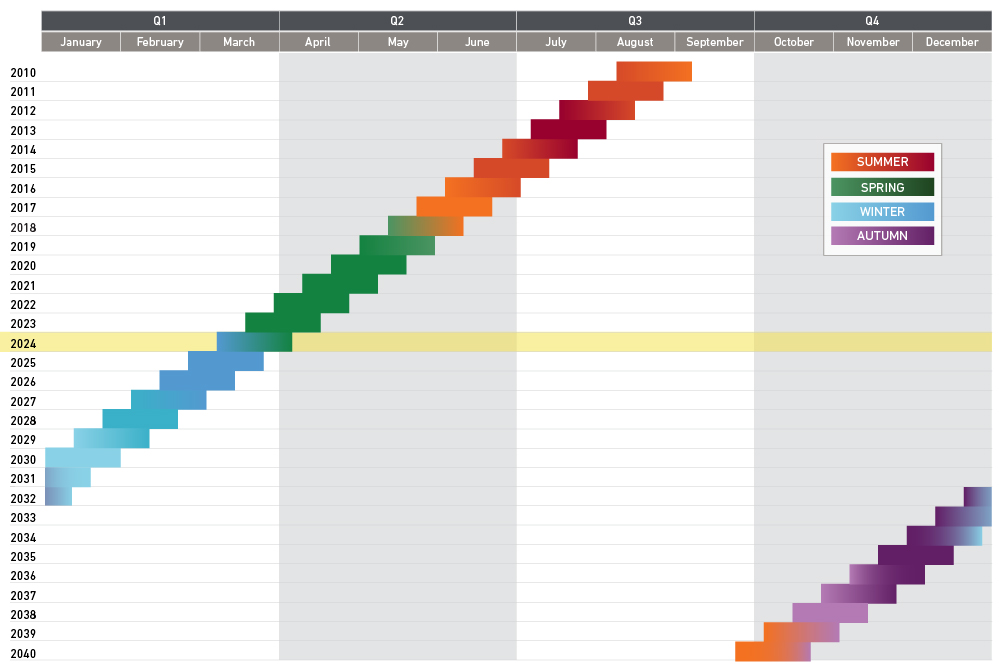At Harding Loevner, we focus on building portfolios from the bottom up, guided by our quality-growth philosophy, and rarely comment on actions of other investors or index providers. But sometimes it’s necessary to do so to highlight meaningful developments affecting the frontier emerging markets (FEM) asset class.
In June, asset manager BlackRock announced its intention to liquidate its Frontier & Select EM ETF, which once had assets exceeding US$400 million. The company cited currency liquidity challenges in several smaller frontier markets as the main reason for its decision.
BlackRock’s decision to close its passive FEM fund underscores our long-held belief that the idiosyncratic nature of frontier and small emerging markets, as well as their volatility and liquidity characteristics, make them much better suited for an active rather than passive investment strategy.
Markets such as Egypt and Nigeria have indeed faced challenges with repatriation due to unsustainable currency pegs, which both countries abandoned earlier this year. Since then, Nigeria was eliminated from the benchmark by index provider MSCI in February. Also, Egypt has attracted US$35 billion from a consortium led by Abu Dhabi’s ADQ investment company and an additional US$5 billion from the IMF, easing liquidity pressure there.
We also note that BlackRock shuttered its fund as the FEM Index has actually become more balanced. From 2023 through the first half of 2024, MSCI added about 125 stocks to the MSCI FEM Index, resulting in lower country concentration for the benchmark. The Philippines, once the largest market with more than 30% weight, is now 20%.

In fact, the MSCI FEM Index is now more diversified than the MSCI EM Index. The five largest markets in FEM—the Philippines, Vietnam, Peru, Romania, and Morocco—constitute less than two-thirds of the index weight while the five largest markets in EM—China, India, Taiwan, South Korea, and Brazil—account for more than three-quarters of the index weight. Not only is the FEM Index more diversified, the exposure that investors can achieve is markedly different than the MSCI EM Index.







